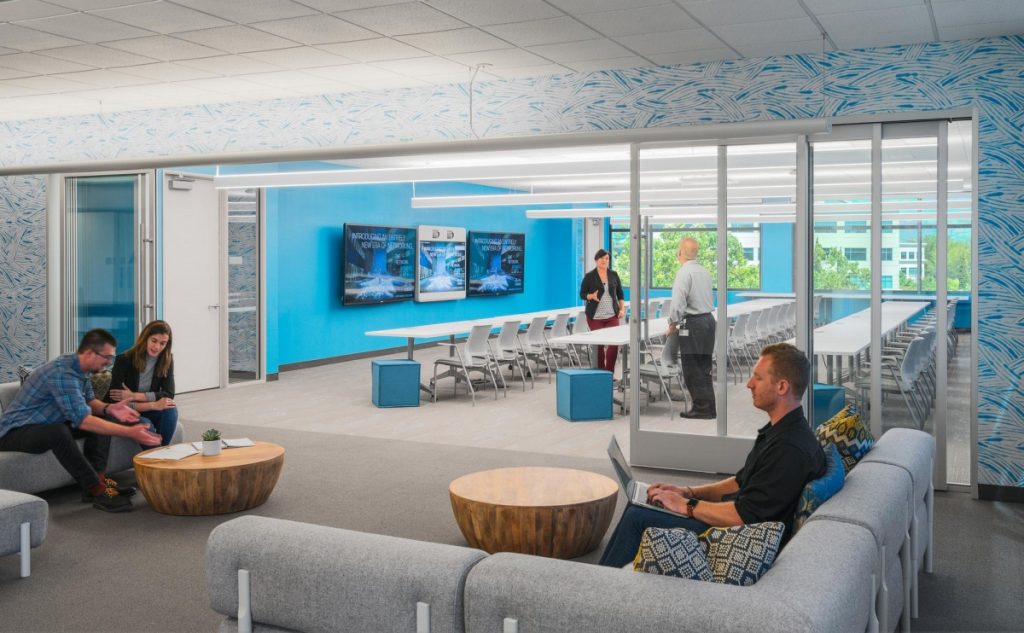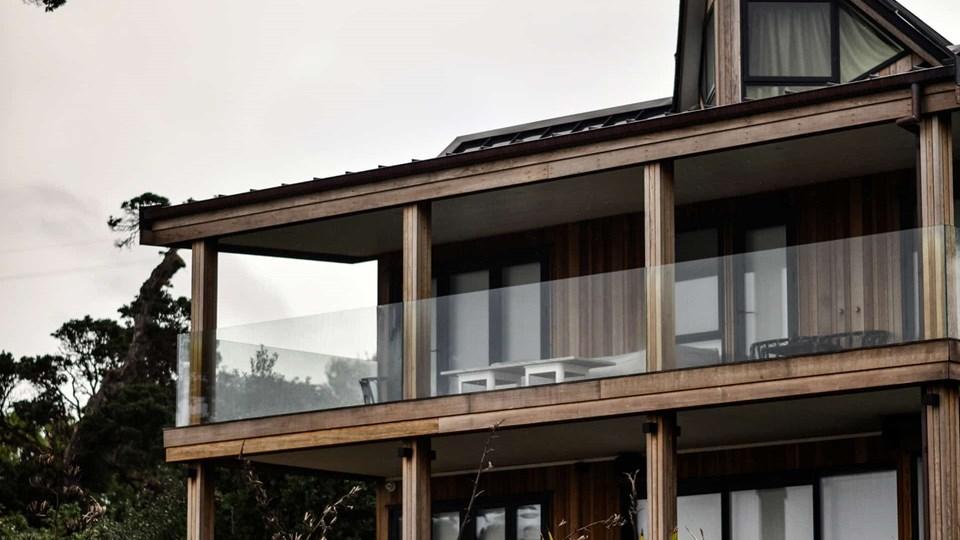If you’ve ever wondered how to make buildings more environmentally friendly or if you’ve heard of LEED certification and want to know more, this guide is for you. The world of green building can seem daunting, but we’re here to walk you through the LEED certification step-by-step process. Understanding LEED (Leadership in Energy and Environmental Design) is crucial for homeowners and real estate developers aiming to engage in sustainable practices.
LEED certification is a globally recognized symbol of sustainability achievement. By embarking on the journey to earn this certification, you commit to building designs that optimize resources and foster a healthier environment.

What is LEED Certification?
LEED certification is a prestigious accreditation awarded by the U.S. Green Building Council (USGBC) to buildings, communities, and professionals. It evaluates the sustainability and resource efficiency of a construction project across multiple areas such as energy usage, water savings, CO2 emissions reduction, and improved indoor environmental quality.
Who Should Consider LEED?
LEED certification appeals to homeowners, commercial property developers, and architects who want to design and construct in an environmentally responsible way. It’s particularly beneficial for those interested in improving energy efficiency and reducing operational costs.
Types of LEED Certification
- LEED for Building Design and Construction (BD+C)
- LEED for Interior Design and Construction (ID+C)
- LEED for Building Operations and Maintenance (O+M)
- LEED for Neighborhood Development (ND)
- LEED for Homes
The LEED Certification Process
1. Registration and Planning
Register your project with the USGBC to begin the LEED certification process. This step involves identifying which LEED rating system your project qualifies for and planning accordingly. It’s often useful to leverage resources such as the Green Construction Step-by-Step to align your project’s goals.
2. Design and Construction
Collaborate with your design and construction team to incorporate sustainable methods and materials. Utilize insights from experts, potentially outlined in sources like Green Building Materials Market, to inform your material choices and construction practices.
3. Documentation and Review
Gather required documentation that demonstrates compliance with the chosen LEED criteria. Submit this information to the Green Building Certification Institute (GBCI) for review. Consider how Sustainable Building Best Practices can support accurate documentation.
4. Certification Decision
This phase involves awaiting the GBCI’s decision on your LEED certification application. Depending on your submission’s completeness and adherence to LEED standards, you might achieve one of four certification levels: Certified, Silver, Gold, or Platinum.
Benefits of LEED Certification
Achieving LEED certification provides numerous benefits, including enhanced asset value, lower operating costs, and an improved indoor environment for occupants. These advantages not only protect the planet but also improve human well-being and financial efficiency.
Costs Involved in LEED Certification
The costs for LEED certification vary based on project size and type. While some view the costs as high, the long-term savings and benefits often outweigh initial expenses. Budgeting and strategic planning are crucial, which might include leveraging external advice like the Sustainable Building Planning Tips.
Maintaining LEED Certification
After receiving certification, maintain your buildings sustainable performance through regular updates and evaluations. Such efforts contribute to upholding the integrity and value of your certification.

FAQ Section
What is LEED certification?
LEED certification is an internationally recognized benchmark for the design, construction, and operation of high-performance green buildings.
Who administers the LEED certification?
The U.S. Green Building Council (USGBC) administers LEED certification, while the Green Building Certification Institute (GBCI) handles the evaluation and accreditation process.
How can one improve the chances of earning LEED certification?
Improving the probability involves thorough planning, leveraging resources, and hiring experienced professionals familiar with LEED criteria, possibly starting from a guide like LEED Certification How-To.
This article contains affiliate links. We may earn a commission at no extra cost to you.




